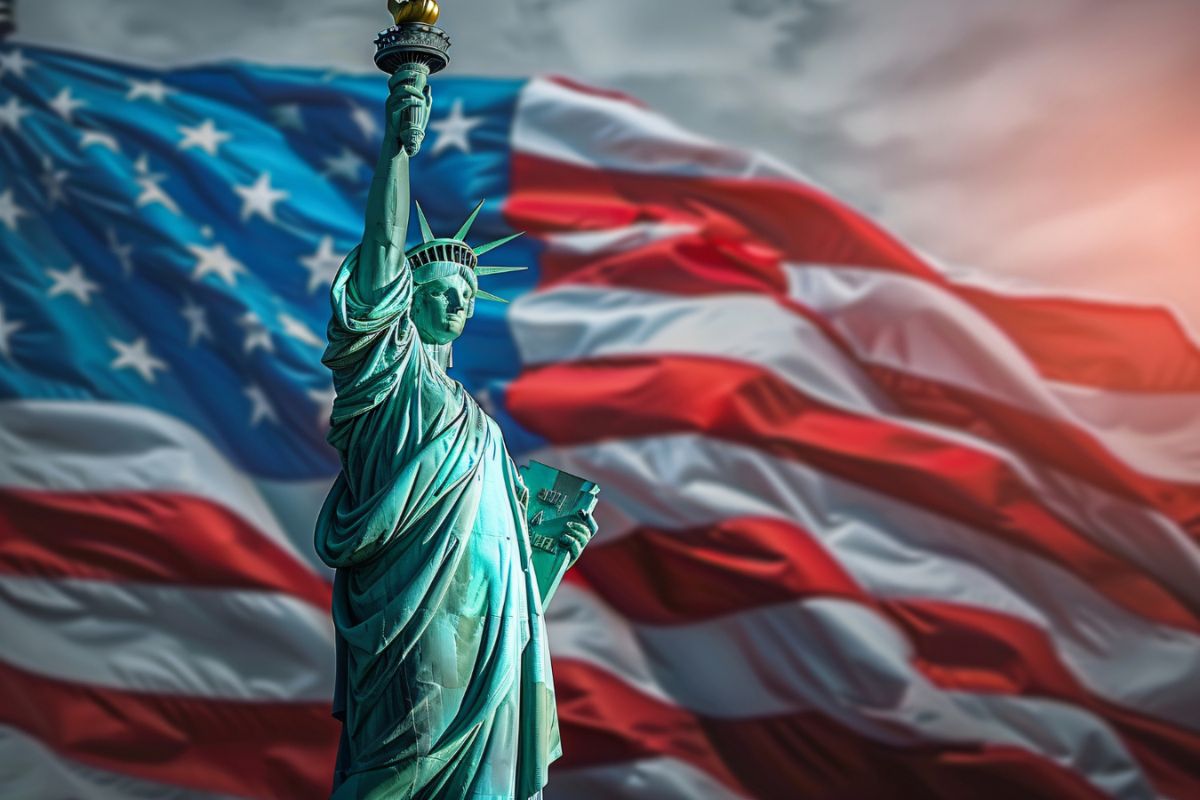The United States is all set to roll out a new visa rule, bringing back a controversial visa bond rule that could cost some visitors up to $15,000 before getting B-1 or B-2 visas.
This policy, first floated in the final days of Donald Trump’s initial term, has been brought back as a way to curb visa overstays and signal the U.S. is tightening its border controls. Let’s break down what this actually means for travelers.
What’s Changing?
If you’re applying for a B-1 (business) or B-2 (tourism) visa and you’re from a country with high visa overstay rates, you might be asked to pay a bond of up to $15,000. This would be in addition to your regular visa application process, not a replacement.
The bond works like a security deposit. If you follow the rules and leave the US on time, the bond gets refunded. Overstay your visa, and you lose the money.
Who Does This Apply To?
That’s still unclear. The US State Department hasn’t published the list of affected countries yet. But they’ve said it’ll be released at least 15 days before the pilot program goes into effect.
The actual program starts 15 days after the rule is published in the Federal Register. So, we’re looking at a 30-day window before things start moving.
Why Is the US Doing This?
According to the government, the bond is meant to encourage compliance. They’re targeting countries where a significant number of people have overstayed their visas in the past.
There’s also mention of countries with poor screening and vetting systems, or nations that offer citizenship-by-investment programs with no residency requirements, implying concerns about identity verification and enforcement.
How Will the Process Work?
This isn’t a blanket rule for all travelers from affected countries. Instead, US consular officers will decide on a case-by-case basis who needs to pay the bond.
- If you apply for a B-1/B-2 visa from an affected country, the U.S. consular officer handling your interview could require you to pay the bond after assessing your application.
- The bond acts as insurance. If you follow the rules and go home when you’re supposed to, you’ll get your money back.
- The new rules start 15 days after being published in the Federal Register, and the full pilot runs for 12 months.
What This Means for Travelers
If you’re from a country that has struggled with visa compliance in the past, this could make US travel more expensive and complicated. It’s not just about the cost; the extra financial burden may also deter casual or short-term visitors.
For business travelers and families planning trips, this adds one more layer of uncertainty and cost.
Final Thoughts
This policy isn’t new, but its return signals a stricter approach toward visa enforcement, especially for nationals of countries with a history of overstays. If you’re planning to visit the US on a B-1 or B-2 visa, keep an eye on the official announcements over the next few weeks.
We’ll update you once the list of countries is published.
To get daily travel news & updates, follow us on Facebook, X (Twitter), LinkedIn, Instagram, or Threads.
